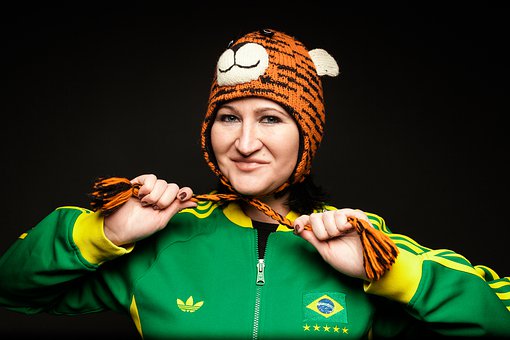Celtic Wedding Tradition - The Oathing Stone

The oathing stone tradition goes far, far back into the Celtic spirit
. The ancient Celts were often seafaring groups of tribes, who by the time they had reached the British Isles, had a very firm and strong relationship with the sea or at least the waters surrounding their homes. Celtic tribal people were, like many tribal folk in those times, severely tied to spirit of place. In fact many of the old tribal names are descriptive of a particular place or natural feature such as a lake, river, valley or mountain. In the Celtic world view, Spirits were associated with each of these places, often tied directly to the tribe. In many cases, these spirits were regarded as ancestral spirits of the forebears of the Celts living there now.It was important to seek blessing and it was important to state intentions in the form of an oath. This often took place at these sacred locations, special to the various tribes. So, it was not uncommon for a couple to not get wed in the eyes of their people and their chief, but also in the eyes of their ancestors to help gain their blessing and protection for the new adventure before them.
One of the origins of the wedding vow is this process of oathing the stone. In ancient times, vows were given at the very place and some physical object was used to help transfer these oaths to the spirit energies present in this sacred location. Sometimes a stone was used. Other times a piece of wood or some other natural object. This them would be gifted to the sacred place in some fashion. Perhaps thrown into the lake by both the bride and groom, laid reverentially upon a cairn of similar vows in a glade, niche or hollow. Perhaps thrown over a cliff into the sea far below.
As Celts became Christianized, such traditions, while allowed in the early Church, began to be cracked down upon and treated as idolatry and pagan worship. Yet with the Celts (and many other tribal folk, really) old ways died hard and what became a serious obligation of honoring one's lineage and ancestry, slowly changed to a quaint and novel custom.
With the emergence of the New Age type of perspective, such traditions have been slowly coming back into favor and the meanings have subtly changed to be declared an honoring of the spirit of place, or a charm for luck and prosperity. In ancient times, it would be extremely bad form to neglect one's ancestors on such a propitious day as a day of wedding. The Oathing Stone was but one way of honoring them.
In the more modern version of this ritual, the officiant (minister/priest) will be presented the stone by a member of the wedding party. The Best Man, The Chief Maiden perhaps or a parent of the Bride or Groom. The officiant will hold the stone and invite the groom to lay his hands onto the stone, and therewith give consent to in the presence of all of his ancestors both living and dead to bear witness to the words of power that he will speak. The words of his personal commitment to the woman he loves by the vows he brings forward. The same invitation is made to the Bride. Once both are holding the stone, they each recite their vows to one another.
Once complete, the stone is placed in a place of honor for the remainder of the ceremony. After the ceremony is complete, the newly married company release the stone back to the elements by whatever means is felt as being the most appropriate. Some people may toss it into the sea or the lake or river. Others may lay it upon a mountain or a man made cairn. Still others may wish to keep the stone and add it to the garden of the new home they make together or in a prominent location within their home.
If you are serious about your Celtic roots, this tradition is a great piece to add to your wedding ceremony and indeed to other of life's little and great ceremonies, like naming your children, their coming of age, celebrating all the important times in their lives and yours, marking the passing of loved ones and so forth.
Oathing the Stone, while by today's standards is a quaint little custom, it was in ancient days, a very serious part of many Celtic Tribe's spiritual life.
Slainte!
by: Marek Sutherland Amazingly Cheap Hotels in London How To Save Your Money And To Fight The Urge To Spend Take Legal Help In Family Disputes Make Money Online by Offering Services Are There Doctors For ADHD Treatment? - Learning About Treatment Options To Raise A Great Kid Tips Of Buying Residential Property In Mumbai Vegetables To Spice Up Your Diet For IBS What To Look For When Selecting A Dentist Enrollment Statistics For Online University Courses Diet After Pregnancy Ocala Weddings & Ocala Wedding Venue Get A Glance Of Fashion And Fun With Villa Rentals by:Bell Smith Importance Of HCG Diet For Reducing Your Weight